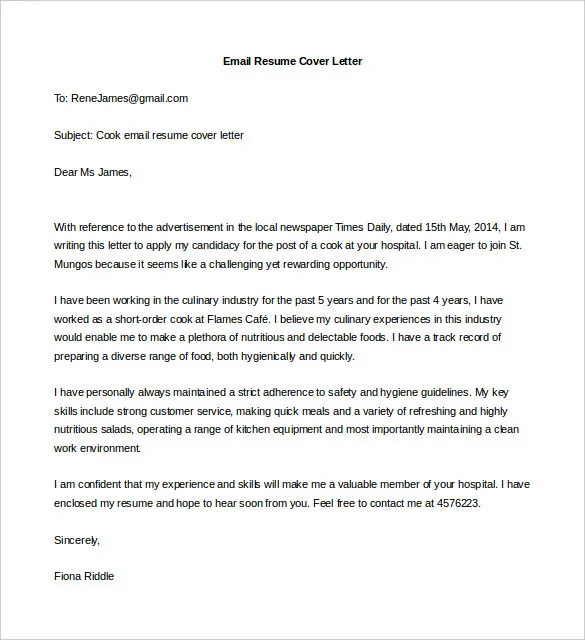What Makes a Cover Letter Stand Out?
In the competitive landscape of job applications, a well-crafted cover letter can be the key to unlocking your dream career. It is more than just a formality; it is your chance to make a lasting impression, showcase your unique value proposition, and persuade potential employers to take notice. The goal is to highlight your relevant skills, experiences, and passion for the specific role and organization. A standout cover letter isn’t just a summary of your resume; it’s a narrative that demonstrates your understanding of the job requirements and how you can contribute to the company’s success. To make a cover letter stand out, you need to go beyond the basics and infuse it with personality, tailor it to the specific role, and clearly articulate how you meet the employer’s needs. Remember, the cover letter is your chance to shine, so use it wisely!
Highlighting Your Skills and Experience
Your cover letter is an opportunity to showcase your professional skills and experience, going beyond the bullet points of your resume to provide context and depth. Instead of simply listing your qualifications, delve into the specifics of your past roles, explaining the responsibilities you held, the challenges you overcame, and the results you achieved. Use this space to demonstrate your accomplishments with concrete examples, and illustrate how your skills align with the specific requirements of the job. Think about the skills that are most relevant to the role you’re applying for and make sure to emphasize those. Show the hiring manager how your experience translates to the job you’re applying for. For example, if the job description emphasizes project management skills, be sure to highlight your experience managing projects, mentioning your role, the project’s scope, and the outcomes. Remember, the goal is to show the employer that you not only possess the required skills but that you can also apply them effectively.
Quantifying Your Achievements
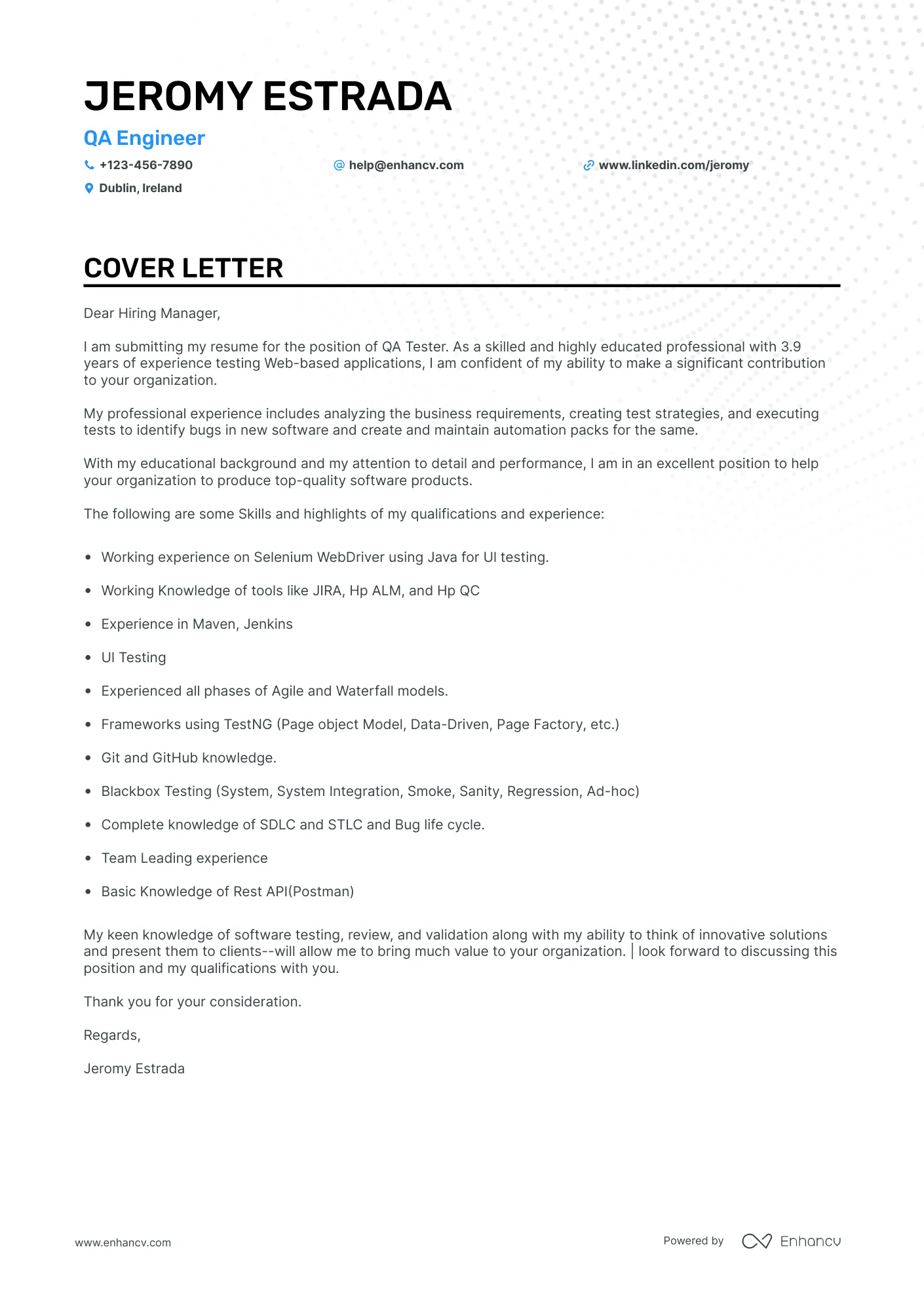
One of the most effective ways to make your cover letter compelling is by quantifying your achievements. This means using numbers, data, and specific metrics to illustrate your impact in previous roles. Instead of saying, “Improved sales,” provide a more impactful statement such as, “Increased sales by 20% within six months.” This level of detail provides tangible evidence of your abilities and offers concrete examples that demonstrate your skills and contributions. Consider using the STAR method (Situation, Task, Action, Result) to structure your examples, providing the context, describing the task at hand, detailing the actions you took, and quantifying the results you achieved. Whenever possible, include data points to demonstrate your impact. For instance, if you improved customer satisfaction scores, mention the percentage increase. By quantifying your achievements, you transform your cover letter from a general description of your experience into a powerful demonstration of your value, making it easier for employers to see your potential contributions to their organization.
Using Action Verbs to Showcase Success
The language you use in your cover letter can significantly impact its effectiveness. One key strategy is to use strong action verbs to describe your accomplishments and responsibilities. Action verbs make your writing more dynamic and engaging, creating a sense of momentum that captures the reader’s attention. Start your sentences with verbs that convey action, such as “managed,” “developed,” “implemented,” “led,” “achieved,” “created,” and “improved.” Instead of writing, “Responsible for managing projects,” use, “Managed multiple projects simultaneously, delivering them on time and under budget.” These action verbs should clearly describe your skills and showcase your accomplishments. By starting your sentences with strong, action-oriented verbs, you create a narrative that presents you as a proactive, results-driven individual. The choice of action verbs should also be relevant to the role and the industry. Research the specific language and keywords used in the job description and incorporate them into your cover letter.
Examples of Strong Cover Letter Openings
The opening of your cover letter is your first and often most important opportunity to grab the reader’s attention. A strong opening paragraph can set the tone for your entire application, making the hiring manager eager to read more. Avoid generic introductions; instead, aim to be concise and impactful, clearly stating your interest in the position and why you are the perfect fit. Here are a few examples to get you started: Express Enthusiasm, for example, “I am writing to express my enthusiastic interest in the Marketing Manager position at [Company Name], as advertised on [Platform]. Your company’s innovative approach to [Industry] deeply resonates with my professional values and experience.” Refer a Mutual Connection, “[Name] suggested I reach out regarding the Software Engineer opening at [Company Name]. With my background in [Specific Skill] and experience in [Project], I am confident I can contribute to your team’s success.” Highlight a Key Accomplishment, for example, “Driven by a passion for innovative solutions, I am eager to bring my extensive experience in [Specific Skill] and record of [Quantifiable Result] to the [Job Title] role at [Company Name].
Cover Letter Secrets: Grabbing the Reader’s Attention
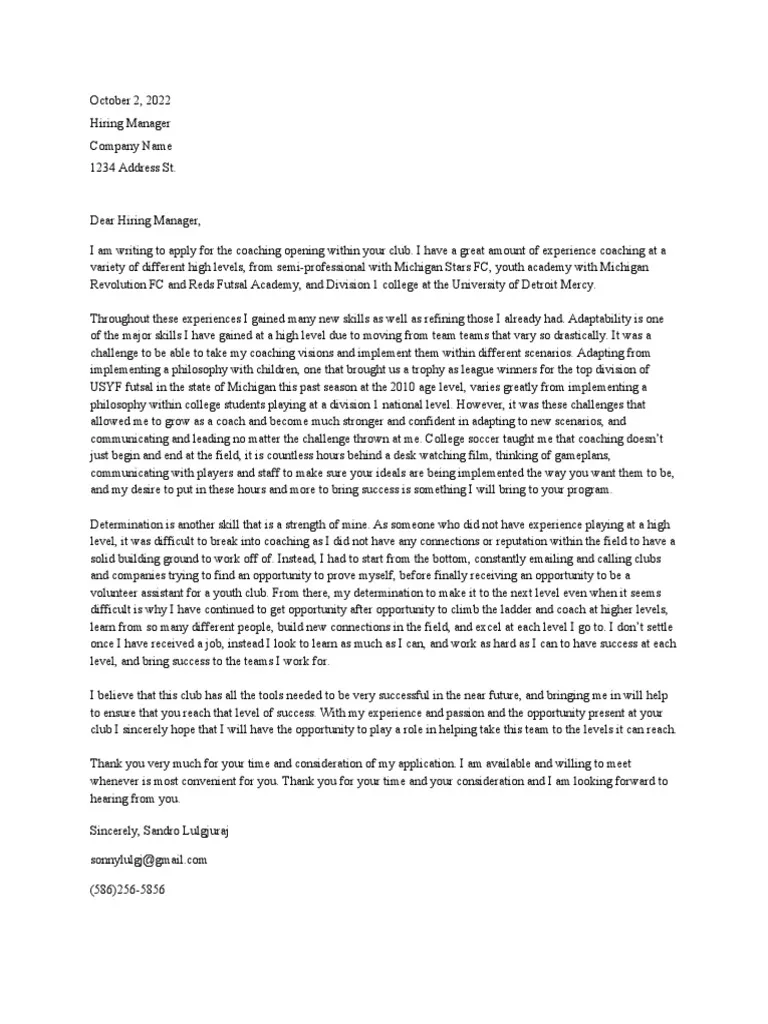
To truly impress, you must go beyond the basics. One of the most effective techniques is to demonstrate a genuine understanding of the company and the position. Research the company thoroughly. Understand their mission, values, and recent projects. This research allows you to tailor your cover letter, showing the hiring manager that you are genuinely interested and have taken the time to learn about their organization. Also, mention specific details from the job description. Analyze the job posting to identify the key requirements and expectations. Then, incorporate those keywords and phrases naturally into your cover letter, showcasing how your skills and experience align with the role’s specific needs. Include a brief anecdote that highlights a relevant achievement or skill. This demonstrates your abilities in a memorable way. Moreover, your letter needs to have a personalized touch. Use the hiring manager’s name if possible, and use a professional but conversational tone. By showing that you’ve put thought into the letter, you make a lasting impression.
Cover Letter Examples: The Body Paragraphs
The body paragraphs of your cover letter are where you provide the substance, elaborating on your skills, experiences, and why you are the best candidate. Organize the body paragraphs to highlight the most relevant information, ensuring that your key skills and accomplishments align with the job requirements. The most important thing is to showcase your abilities and experiences by providing specific examples. Avoid generalizations; instead, provide concrete illustrations of your achievements. For instance, if the job description emphasizes project management skills, provide a detailed example of a project you managed, explaining your role, the challenges you faced, and the results you achieved. Additionally, show how your past experiences have prepared you for the specific role. Connect your experiences to the job’s responsibilities. For example, if a job requires customer service skills, describe your experience in customer-facing roles. The aim is to convince the hiring manager that you have the right skills and the ability to succeed in the role.
Showcasing Your Value to the Employer
Your cover letter should make it explicitly clear what value you bring to the employer. Focus on the tangible benefits you can provide, using a combination of skills, experiences, and a clear understanding of the company’s needs. Emphasize the skills and experiences that align with the role. Instead of simply listing skills, explain how you have applied them to achieve results. For instance, if the job description requires data analysis skills, provide an example of how you used data analysis to solve a problem or improve a process. Explain how your skills and experiences align with the company’s needs. If you understand the company’s goals and challenges, tailor your cover letter to show how you can contribute to achieving those objectives. Demonstrate your understanding of the company’s goals by mentioning specific projects or initiatives you can contribute to. By showcasing your value, you transform your cover letter from a general overview of your qualifications into a compelling argument for why the employer should hire you.
Cover Letter Examples: Effective Closings
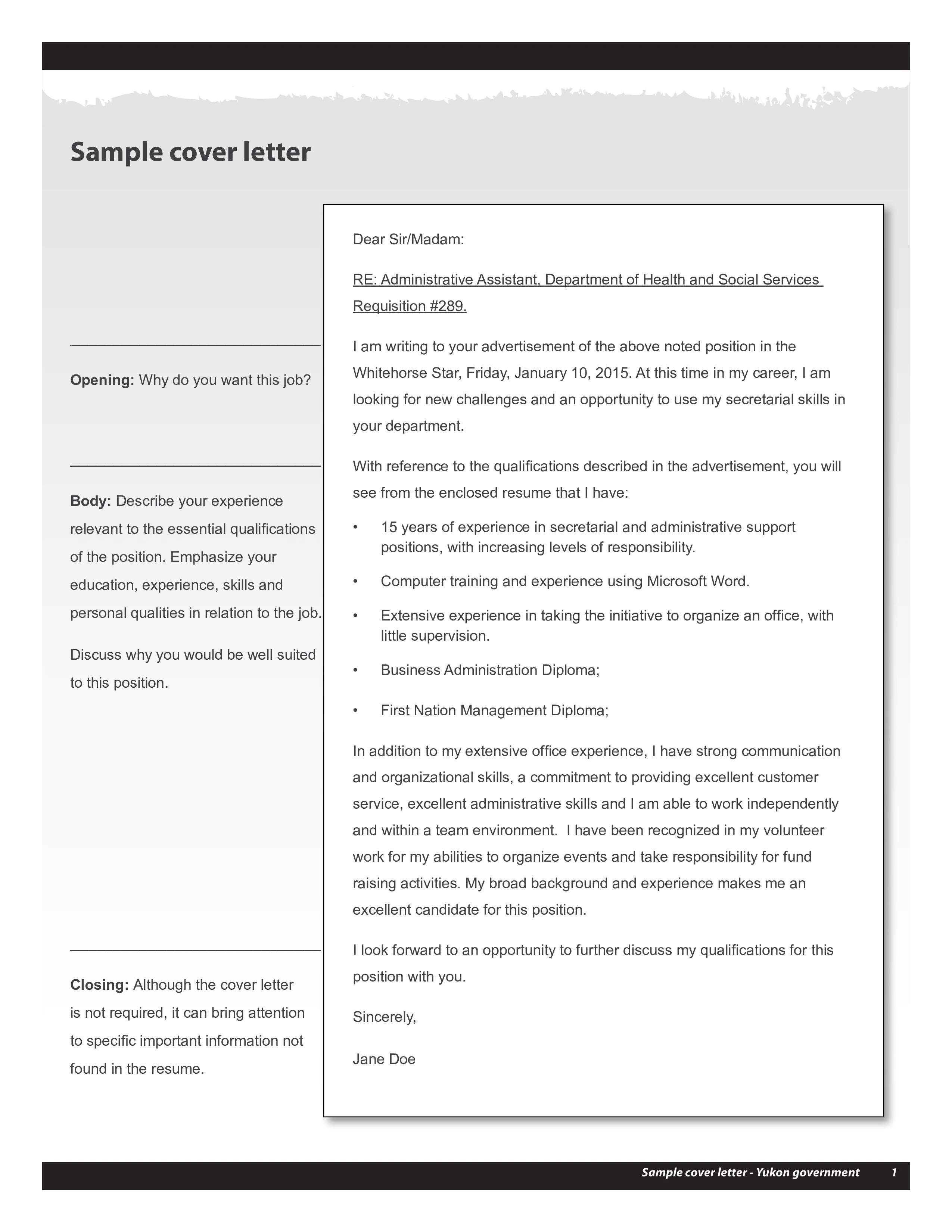
The closing paragraph of your cover letter is your last opportunity to make a strong impression. A good closing should reinforce your interest, reiterate your qualifications, and encourage the hiring manager to take the next step. It should be concise, professional, and forward-looking. Express gratitude for the reader’s time and consideration, and reiterate your interest in the position. Use language such as, “Thank you for your time and consideration. I am very enthusiastic about the possibility of joining your team and am eager to contribute my skills to [Company Name].” Reiterate your key qualifications and skills. Remind the reader of the value you can bring to the organization. This is a subtle way to reiterate your most relevant qualifications without repeating everything you’ve already said. Then, include a call to action, such as, “I am available for an interview at your earliest convenience and look forward to discussing how I can contribute to your team.”
Call to Action: Encouraging the Interview
The final step in your cover letter is to encourage the hiring manager to take the next step. A call to action is a clear statement inviting the reader to contact you for an interview. Your call to action should be direct, polite, and enthusiastic. State your availability for an interview, letting the reader know you are ready to discuss your qualifications further. Suggest a specific time for an interview. If possible, provide your availability, making it easier for the hiring manager to schedule an interview. Make it easy for the hiring manager to contact you. In the closing paragraph, include your phone number and email address, making it easy for them to reach out. Additionally, you may want to express your excitement about the possibility of discussing the role and your qualifications in more detail.
Tailoring Your Cover Letter for Each Application
One of the most crucial secrets to a successful cover letter is tailoring it to each specific job application. While it can be tempting to use a generic cover letter template, the effort of customizing each application will significantly increase your chances of getting noticed. Start by carefully reviewing the job description and identifying the key requirements, skills, and qualifications. Analyze the language used in the job description, and incorporate relevant keywords and phrases into your cover letter. The more the information in your cover letter matches with that of the job description, the higher are the chances of getting a positive response. Research the company thoroughly, understanding their mission, values, and recent projects. By doing so, you can tailor your cover letter to demonstrate your understanding of their specific needs and how you can contribute to their success. Always customize your cover letter to reflect the specific requirements of the role. Do not send the same letter for every job. Take the time to modify your cover letter to highlight the skills and experiences that are most relevant to each position.
Researching the Company and Position
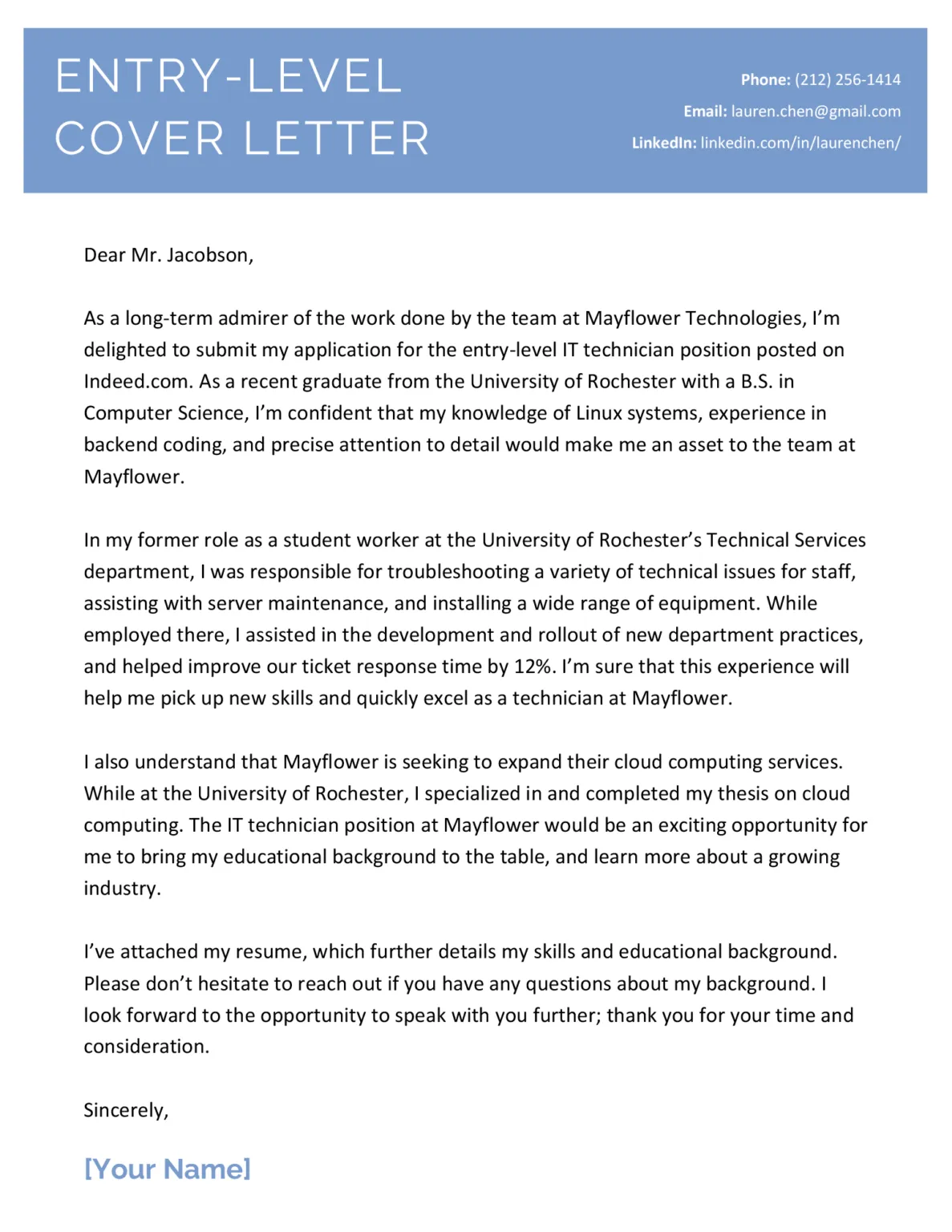
Before you start writing your cover letter, invest time in researching the company and the position you are applying for. This is the foundation for a strong, tailored application that demonstrates your genuine interest and understanding. Begin with the company website, exploring the “About Us” section, their mission, values, recent news, and projects. Also, check out the company’s social media profiles, such as LinkedIn, to learn about the company culture and employee experiences. Go through job boards and recruitment websites. Doing so lets you collect more details about the job. Analyze the job description and identify the key skills, qualifications, and responsibilities. Align your skills and experience with the specific requirements. Understanding the company and the role will help you customize your cover letter to highlight how your skills and experiences align with the company’s needs.
Cover Letter Examples for Different Industries
Cover letter styles and content can vary significantly depending on the industry you are applying to. Understanding these nuances can help you tailor your cover letter to make it more effective. For the tech industry, for example, emphasize your technical skills, projects, and contributions. Use industry-specific keywords and showcase your understanding of the company’s technologies. Cover letters for marketing roles should highlight your understanding of marketing principles, your experience with marketing tools and strategies, and your ability to drive results. For creative industries, such as graphic design, include a portfolio link or specific examples of your work. Cover letters should also showcase your creativity and design skills. No matter the industry, it is crucial to research industry standards and tailor your cover letter accordingly.
Cover Letter Examples for Tech Industry
When applying for positions in the tech industry, your cover letter should highlight technical skills, projects, and your contributions. Showcase your knowledge of programming languages, software development methodologies, and any specialized technologies the company uses. Provide examples of your previous projects, including your role, the technologies used, and the outcomes achieved. Also, demonstrate your understanding of the tech industry’s challenges and how you can contribute to solutions. You should also incorporate industry-specific keywords and show your understanding of the company’s technologies. For example, instead of simply writing, “Experienced in software development,” you could specify, “Developed and maintained software using Java, Python, and cloud technologies, contributing to a 15% improvement in system efficiency.” Tailor your cover letter to the company’s specific products, services, and technological stack. This will show the hiring manager you have the right skills and are genuinely interested.
Cover Letter Examples for Marketing Roles
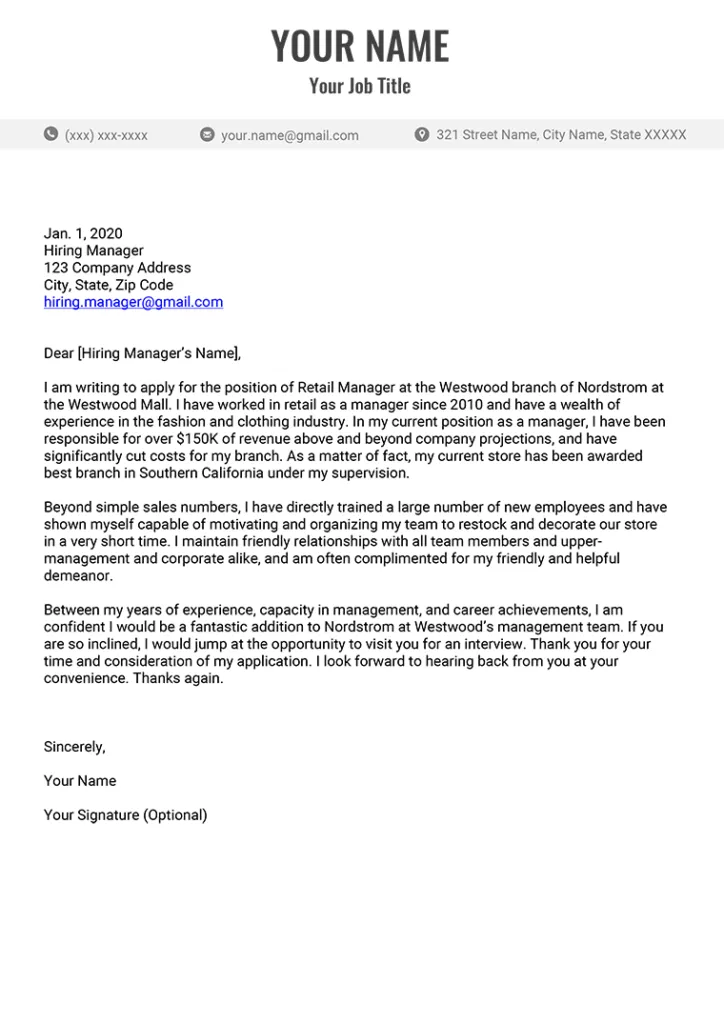
If you are applying for marketing positions, your cover letter should emphasize your understanding of marketing principles, experience with marketing tools and strategies, and your ability to drive results. In this case, highlighting your experience with SEO, content marketing, social media marketing, and any other relevant marketing disciplines would be appropriate. Provide examples of your campaigns and the results you achieved. Use data and metrics to demonstrate your impact. For example, “Increased website traffic by 30% within six months through SEO optimization.” Also, showcase your understanding of marketing analytics and your ability to analyze data to inform and improve marketing strategies. Tailor your cover letter to the specific marketing role. If the job description emphasizes content creation, highlight your writing skills and content samples. The purpose of your cover letter is to provide the hiring manager with all the required information and to show that you are the right candidate.
